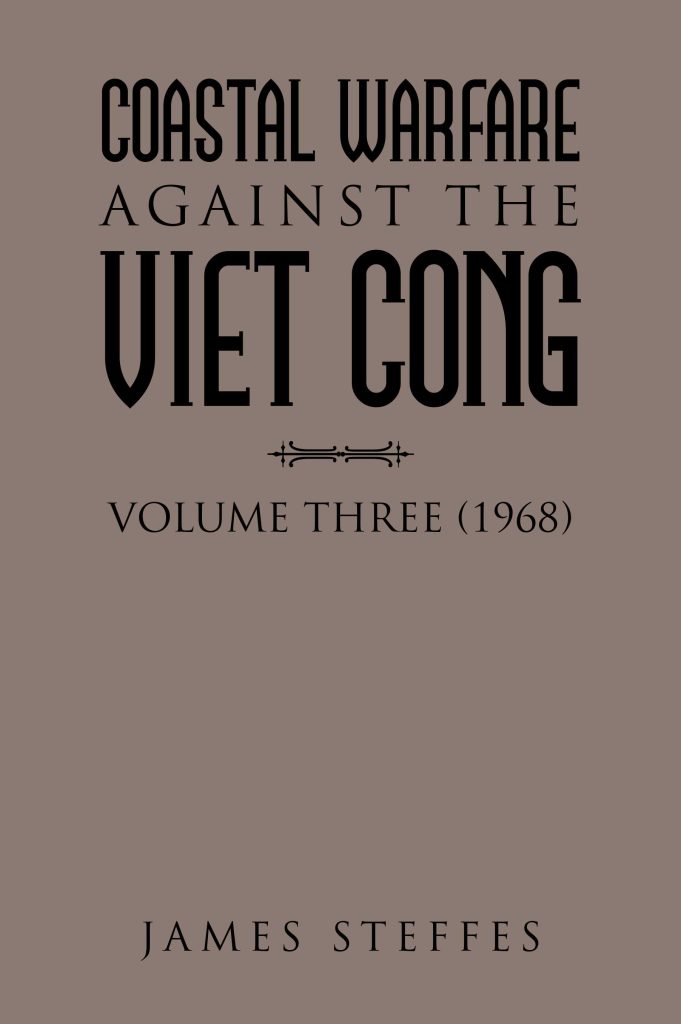The Real Story of the Sinking of PCF-19
A Swift Boat is sunk by two rockets from an unidentified aircraft near the border between North and South Vietnam. It is June 15/16th, 1968, around midnight, and now five sailors are dead or missing. Two survivors and several witnesses report seeing lighted aircraft that move and hover like helicopters flying in the area. U.S. Jets are scrambled to the scene and report hits on enemy aircraft.
The following night the jets return hunting the elusive helicopters and in the confusion, one American Cruiser and one Australian Frigate, are hit by air-to-air missiles. The result is two dead and eleven wounded aboard the Australian ship and minor damage to the American Cruiser.
An investigation, based on pieces of U.S. Missiles found on the two ships, determine that it was “friendly fire”.
This sailor was aboard another Swift Boat, PCF-12, patrolling south of the sunken boats position. Ordered to the scene to assist in the rescue, PCF-12 came under attack by helo type aircraft, identified as hostile, receiving one rocket and machine gun fire. This Swift Boat returned a deadly barrage of 50 caliber machine gun and other small arms fire causing the two helos to break contact and run away. The crew believes that one of the helos was damaged or shot down by this hail of gunfire.
The investigation findings were “friendly fire” mostly because of the lack of wreckage of the helos and the pieces of Sparrow missiles found on board USS Boston and HMAS Hobart. News accounts attempted to connect the two incidents by blaming the same pilots for attacking the ships and sinking the Swift Boat.
This book uses official records, logs, and message traffic to back up eye witness testimonies that refute the “friendly fire” decision.
There are many people affected by this story. Those of us that were there have carried pieces of this incident in our memories for 37 years. Families and friends of the dead and missing have wondered about the truth behind the decision of “friendly fire” vs “hostile fire”. This book will answer many of those questions and put many lives at rest again.
—James W. Steffes ENC, USN Retired
Coastal Warfare against the Vietcong
Volume One 1964-1966

January 1, 1969, began with Swift Boats and Coast Guard WPBs taking over the mission of patrolling the lower Co Chein, Ham Long, and Soi Rap Rivers, freeing up the Game Warden River Patrol Boats to move up the river in pursuit of the Viet Cong. These three and one half day patrols, in addition to boarding and searching the hundreds of water taxis, fishing boats, and other watercraft, both large and small, were augmented by raids into the many canals and small rivers off the main rivers. Also, search and destroy missions were performed with the other boats in the river using RF or Regional Forces, and PF or Popular Forces under the guidance of U.S. Army dvisers. Landing Ship Tank vessels were used as mother ships stationed further south along the coastline to support Swift Boats and Coast Guard WPBs as they moved up into the Bassac River and the smaller rivers and canals of the lower Mekong Delta. These were not patrols, but rather lightening raids using several Swifts and supported by air cover and gunnery support from out at sea. These raids sometimes resulted in ambushes and these crews took many casualties, both in men and material. These heroic boat crews took the fight to the Viet Cong in his backyard and opened up these areas to allow the civilian population to move freely and safely. The enemy had its infrastructure and supply links disrupted and destroyed.
This period, 1969-1971, has been well documented in books and publications by authors who were there and experienced this firsthand. James Steffes served aboard these boats in Market Time, from June 1968 to January 1969, then he transferred to a base near the Mekong Delta called Cat Lo. There he was part of the Sea Lords Campaign, and he patrolled in the lower rivers. In a sense, he experienced both facets of the war fought in these small boats at sea against the enemy and the weather, and then in the rivers and close in combat of smaller canals and waterways.
This is Volume Three of the story of the Coastal Surveillance Forces War against the Viet Cong in 1968.
Volume Three (1968).

During January, Coastal Surveillance Force activity increased as units of Operation Market Time and Operation Stable Door detected 93,376 craft along South Vietnam’s coastline and harbors; 25,086 of these craft were inspected and 14,997 were boarded. These boarding resulted in the detention of 53 craft and 438 persons.
In response to the heavy fighting, which erupted throughout Vietnam during the last days of the month, Coastal Surveillance Forces continually aided Allied forces with gunfire support, and all units maintained alert and aggressive patrols.






